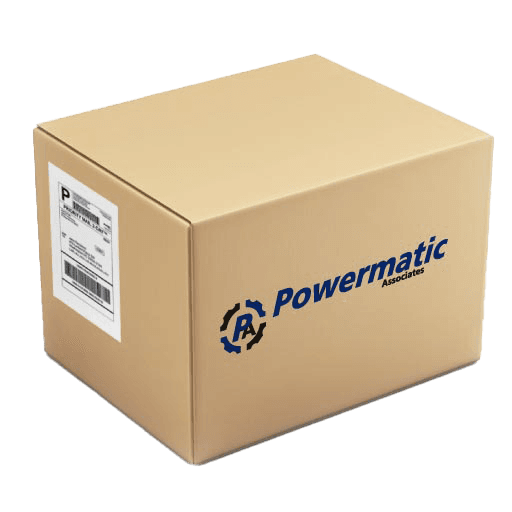Panasonic I/O Modules on Powermatic Associates


I/O Modules- Panasonic
Industrial I/O (input/output) modules are critical industrial network components that deliver input signals from a field device, such as a sensor or actuator, to a controller.

65 products available

Panasonic AFP0RE8YP is an I/O unit categorized under the Expansion Units sub-ran...
Quick Quote

Panasonic AFP0RE32P is an I/O unit categorized under the Expansion Units sub-ran...
Quick Quote

Panasonic AFP0RA42 is an I/O unit categorized under the Expansion Units sub-rang...
Quick Quote

Panasonic AFP0RE16RM is an I/O unit categorized under the Expansion Units sub-ra...
Quick Quote

Panasonic AFPX-TR6P is an I/O unit categorized under the add-on cassettes sub-ra...
Quick Quote

Panasonic AFPX-IN4T3 is an I/O unit categorized under the add-on cassettes sub-r...
Quick Quote

Panasonic AFPRP2Y04R is an I/O unit within the PHLS sub-range, designed as a rem...
Quick Quote

Panasonic AFPRP1Y16T is an I/O unit within the PHLS sub-range, designed as a rem...
Quick Quote

Panasonic AFP7Y64P is an I/O unit designed as a DC digital output unit featuring...
Quick Quote

Panasonic AFP7Y64T is an I/O unit designed as a DC digital output unit featuring...
Quick Quote
| Item | Manufacturer | Price | Stock | Delivery | |
|---|---|---|---|---|---|
 | AFP0RE8YP Panasonic AFP0RE8YP is an I/O unit categorized under the Expansion Units sub-ran... | Panasonic | Quick Quote | ||
 | AFP0RE32P Panasonic AFP0RE32P is an I/O unit categorized under the Expansion Units sub-ran... | Panasonic | Quick Quote | ||
 | AFP0RA42 Panasonic AFP0RA42 is an I/O unit categorized under the Expansion Units sub-rang... | Panasonic | Quick Quote | ||
 | AFP0RE16RM Panasonic AFP0RE16RM is an I/O unit categorized under the Expansion Units sub-ra... | Panasonic | Quick Quote | ||
 | AFPX-TR6P Panasonic AFPX-TR6P is an I/O unit categorized under the add-on cassettes sub-ra... | Panasonic | Quick Quote | ||
 | AFPX-IN4T3 Panasonic AFPX-IN4T3 is an I/O unit categorized under the add-on cassettes sub-r... | Panasonic | Quick Quote | ||
 | AFPRP2Y04R Panasonic AFPRP2Y04R is an I/O unit within the PHLS sub-range, designed as a rem... | Panasonic | Quick Quote | ||
 | AFPRP1Y16T Panasonic AFPRP1Y16T is an I/O unit within the PHLS sub-range, designed as a rem... | Panasonic | Quick Quote | ||
 | AFP7Y64P Panasonic AFP7Y64P is an I/O unit designed as a DC digital output unit featuring... | Panasonic | Quick Quote | ||
 | AFP7Y64T Panasonic AFP7Y64T is an I/O unit designed as a DC digital output unit featuring... | Panasonic | Quick Quote | ||
